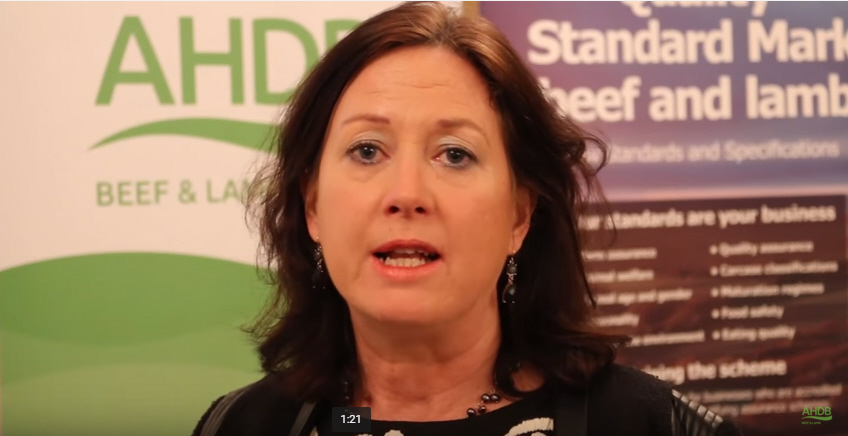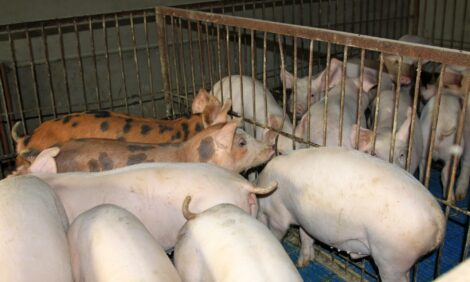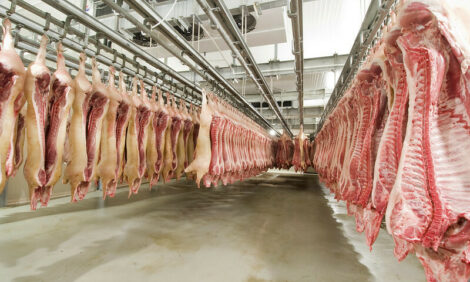



Assessing Environmental Impact of Meat Production
EU – A new European project is being established to map, understand and reduce the environmental impact of packed fresh meat from beef, pork and lamb.The Product Environmental Footprint (PEF) meat project is being led by European meat processing and livestock union UECBV.
The MEAT project is being driven by leading players in the EU meat sector including AHDB Beef and Lamb in the UK, Bord Bia from Ireland, Célene in France, COV in the Netherlands and the Danish Agriculture and Food Council, together with meat processing companies Dawn Meats, Dunbia and Danish Crow and internationally by Beef + Lamb New Zealand and Meat and Livestock Australia.
The European feed industry association FEFAC is also cooperating with the project.
Speaking at the AHDB Beef and Lamb processor conference, AHDB business development manager Christine Walsh said that there were a lot of different measurement systems around the world to measure the carbon footprint and environmental impact of meat production through to the final product and its consumption.
The aim of the EU project is to assess the existing relevant PEF methodologies in the meat sector and to develop a single set of rules covering the entire life cycle of meat products.

The methodologies are being tested for the three main species – beef, pork and lamb – in the UK, Ireland and Denmark through the cooperating processors.
The project is investigating the species in isolation assessing different production methods and not comparing the different environmental impacts.
The project has also drawn into the assessment the feed industry as well as the dairy sector, pet food and leather and hide sectors as their roles in the entire farm to fork assessment of the environmental impact of the production of meat products had often been overlooked.
To include all the environmental burdens of the coproducts as well as the meat products themselves in the life cycle assessment of meat, the UECBV project used a biophysical approach which had been developed by the French agricultural research organisation INRA, because the growth of animal tissues is mainly determined by energy requirements.
This reflects the physical relationship between the coproducts as well as the biological functions of animal organisms.
Mrs Walsh said that this approach had given a far more even split on the environmental footprint.
She said that allocating the environmental burdens and the use of raw materials of the coproducts was an important issue the assessing the life cycle assessment.
The main areas being assessed for the life cycle of meat product production are climate change, ozone depletion, human toxicity, cancer effects and non-cancer effects, particulate matter, ionizing radiation with regard to human health and ecosystems, photochemical ozone formation, acidification, terrestrial eutrophication, freshwater eutrophication, marine eutrophication, freshwater ecotoxicity, land use, water resource depletion and mineral, fossil and renewable resource depletion.
Mrs Walsh said that the project was also expected to look at biodiversity but as yet had not examined sequestration as part of the total lifecycle.






